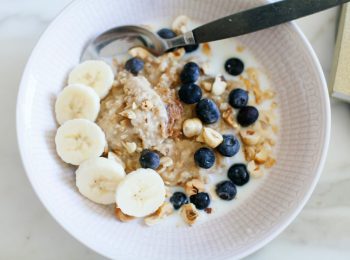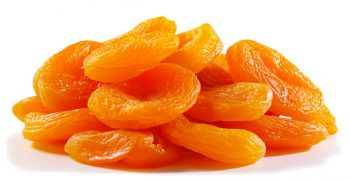Adding certain foods to your diet may actually help to lower your cholesterol and decrease your risk for heart disease.
You know the rules. Eat less red meat, cheese and butter. Limit fried foods. Avoid trans fats. With so many things to cut out, what’s left to eat?
While heart-healthy eating includes lots of “no’s,” there are plenty of delicious foods you can eat without guilt. What’s more, adding certain foods to your diet may actually help to lower your cholesterol and decrease your risk for heart disease.
Unless you have a strong family history of high cholesterol, changing your diet is often enough to lower cholesterol to a healthy level. The key? You need to work certain foods into your diet – not just once in a while, but every day.
So get your shopping list ready! The foods listed below have a high soluble fiber content (and rich nutrients), or a healthy fat ratio. Soluble fiber binds with cholesterol, helping to remove it from the body. Certain fats, when replacing saturated and trans fats, can help lower cholesterol levels.
 Oatmeal (and oat bran)
Oatmeal (and oat bran)
Take a half-cup of old-fashioned oats and add a couple of tablespoons of oat bran, some skim or soy milk (instead of water) and a sprinkle of ground flaxseeds. Add a small handful of walnuts, sliced banana or chopped apple and a teaspoon of maple syrup for a touch of sweetness.
Carrots/yams/sweet potatoes
Blend with chicken broth and sautéed onions for a creamy low-fat soup. Bake or mash, then add trans-fat-free margarine and cinnamon. Roast with onions and parsnips.
Brussels sprouts
Sauté with leeks and garlic. Bake in a casserole with brown rice and shredded low-fat cheese. Roast with onions and add a dash of grated Parmesan.
Dried apricots/prunes
Mix with nuts for a quick afternoon snack. Chop into cereal. Dice and add to chicken salad.
Berries
Blend fresh or frozen into smoothies. Add to cold cereal. Top with low-fat sour cream or yogurt. Add to low-fat cottage cheese and top with sesame seeds or nuts.
Apples and pears
Slice and eat with a smear of natural peanut butter. Chop and add to tuna salad. Bake and eat for dessert with a sprinkle of walnuts and cinnamon.
Beans/legumes
Add chickpeas or kidney beans to your salad. Make a hearty split pea soup. Enjoy a lentil curry. Mix pinto beans and brown rice with onions and stewed tomatoes.
Olive oil
Use as a base for salad dressing with lemon or lime juice, garlic, salt and pepper. Use to sauté your favorite vegetables. Add to diced potatoes and roast with fresh pepper, onion and garlic powder.
Avocado
Spread onto toasted whole-grain bread and top with sliced tomato. Mash for guacamole. Chop into salads. Slice and add to a turkey sandwich instead of mayo.
Walnuts and almonds
Bake into quickbreads. Add to cold or hot cereal. Eat a handful with a piece of fruit for an afternoon snack. Chop and sprinkle on a whole-wheat English muffin with light cream cheese.
 Salmon and other fatty fish
Salmon and other fatty fish
Bake with a topping of low-fat sour cream, mustard and dill. Add cold fish to a mixed green salad. Make salmon cakes with fresh or canned salmon.
Flaxseeds (ground) and psyllium seeds
Blend into smoothies. Mix into hot/cold cereal. Use as a topping for yogurt.
No one food or supplement can work miracles, but upping your intake of nutritious foods can make a big difference in your cholesterol level. However, remember that any successful strategy must combine healthy eating, diligent exercise and stress reduction.